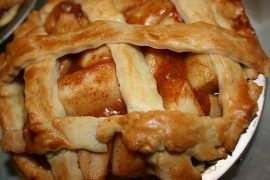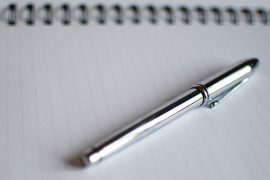Leah Davis is tough as nails. She’s been a firefighter in North Carolina for 17 years. These days, she is a Captain EMT — intermediate. I had never really thought about the math required to fight fires, but reading through Leah’s responses, it all makes perfect sense. If your little guy or gal is interested in firefighting as a career, this interview is a must-read!
Can you explain what you do for a living?
I am a Captain on a fire engine. This means that I respond to and mitigate emergencies ranging from motor vehicle accidents, fires (all sorts), medical emergencies and rescues. In addition to providing emergency response, I complete preplans of existing businesses; the preplans are walk-through inspections that provide information about a building’s layout and any hazards that might be associated with the business. As a member of the fire service, I am responsible for participating and providing training in all aspects of the job.
When do you use basic math in your job?
Within the fire service, there are many opportunities to use math. The first one that comes to mind is calculating pump pressure to determine the PSI (pounds per square inch) on the end of a nozzle. Basic math skills, like addition, subtraction, multiplication, and division, are necessary. A basic understanding of hydraulics and a good understanding of formula usage is vital.
In order to calculate the amount of nozzle pressure is necessary, the engineer must find the friction loss of hose distance, along with appliances and elevation. Only then can the pump be set up properly. Engine pressure is the sum of the nozzle pressure plus the friction loss plus any elevation or devices. Based on the engine pressure formula EP = NP + FL, if we need a nozzle pressure of 100 psi to flow 100 GPM then the engine pressure needs to be greater then 100 psi.
When determining how much water will be required for any given structure that is 100 percent involved in a fire, the fire engineer must calculate the area and divide by 3. This gives the gallons per minute required to extinguishing the fire.
Math is also used when providing medical care. The division is used in calculating the correct dosage of medications to administer. Many medications are calculated milligrams per kilograms or mg/kg.
Do you use any technology to help with this math?
I use a calculator when finding the fire flow or GPM needed on the preplans.
Technology is not usually used on the fire ground when calculating the engine pressure. The engineer needs to be well trained and able to calculate the engine pressure in their heads.
How do you think math helps you do your job better?
Having a math competency provides me with additional problem-solving skills. The fire service is about problem-solving.
How comfortable with math do you feel?
Although I am not a math whiz by any means, I do feel relatively comfortable with math most of the time. The math that is used within the fire service–like the area of a structure, GPM needed, nozzle pressure, medication dosage–helps ensure the safety of firefighters and others.
What kind of math did you take in high school?
I did not take much math in high school because I did not like it and did not feel successful. However, in college, I was required to take remedial math courses and then was able to move on to taking more advanced classes, including calculus. I graduated from college with a good understanding of math and problem-solving. I also found that I enjoyed the problem-solving aspect of math. Too bad I didn’t pay more attention when I was in high school.
Did you have to learn new skills in order to do the math you use in your job?
I was comfortable with my math skills when I entered the fire service.
Do you, or your child, have math questions like the ones in this firefighting story? If so, buy the book that will help you with the math here. As for summer-slide activities, why not take your child to a fire station for a tour? While you’re there, ask about the math required on the job.








Comments are closed.